It is a significant outcome of my experience working with various customers to set the most efficient eCommerce business model.
I also read the Economist’s report „Supply on Demand: adapting to change in consumption and delivery models,” which proves my findings.
According to their research, over 50% of companies change their business models once they start their journey with eCommerce.
- Consumers are looking for cheaper products and convenient ways to get them. E-commerce is the answer to most of their needs.
- Consumers want to try (7-14-day free trials) or rent some products without buying them and getting full ownership. The subscription model is becoming increasingly popular. For example, I use Adobe or Zoho subscription models. According to the authors, this model will work only for limited types of services and products. Currently, only 10-12% of companies in the USA and the UK use such a model, but its popularity grows yearly.
- ” Financial constraints, technological complexity, shifting regulations, and the need for new marketing strategies and extensive change management are just a few of the challenges companies must address to succeed in this transition.”
According to the survey, the leading business benefits of these new ecommerce business models are:
- access to new revenue opportunities (37%)
- differentiation from competitors (27%)
- accessing new customer segments (27%)
- increasing customer loyalty (25%)
In the USA and Europe, e-commerce has undergone significant transformations, with various business models emerging as dominant. While the core models are similar across both regions, some differences exist due to consumer preferences, regulations, and market maturity. Here are the five most popular e-commerce business models, followed by an explanation of how brick-and-mortar organizations have evolved with the introduction of e-commerce channels.
Top 5 E-commerce Business Models in the USA
1. Business-to-Consumer (B2C):
– Description: In this model, businesses sell products directly to consumers through an online platform.
– Examples: Amazon, Walmart, and Shopify-powered stores.
– Popularity: This is the dominant model in the USA, primarily driven by convenience, price competitiveness, and fast delivery.
2. Consumer-to-Consumer (C2C):
– Description: Consumers sell directly to other consumers via platforms facilitating transactions.
– Examples: eBay, Craigslist, Facebook Marketplace.
– Popularity: This model thrives in second-hand markets, online auctions, and local deals.
3. Subscription-based e-commerce:
– Description: Companies sell products or services through recurring subscriptions, offering consistent, ongoing value to customers.
– Examples: Dollar Shave Club, Blue Apron, Netflix (digital services).
– Popularity: This model has snowballed in the USA due to convenience and recurring business revenue.
4. Direct-to-Consumer (D2C):
– Description: Brands bypass traditional retailers to sell directly to customers through their online platforms.
– Examples: Warby Parker, Glossier.
– Popularity: It is increasingly popular in the USA, especially for niche brands that focus on personalized customer experiences and unique product offerings.
5. Marketplace Model:
– Description: E-commerce platforms allow multiple third-party sellers to list their products, managing the marketplace but not owning the inventory.
– Examples: Amazon Marketplace, Etsy.
– Popularity: This model continues to dominate in the USA due to its vast product variety and consumer trust in established platforms.
Top 5 E-commerce Business Models in Europe
1. Business-to-Consumer (B2C):
– Description: Similar to the USA, this is the most common model, with businesses selling directly to consumers via e-commerce.
– Examples: Zalando, ASOS, Modivo
– Popularity: B2C in Europe is dominated by fashion, electronics, and home goods. Due to multiple languages and varying regulations, localized platforms are essential.
2. Business-to-Business (B2B):
– Description: Businesses sell products or services to other businesses.
– Examples: Mercateo (B2B marketplace), Alibaba (international presence).
– Popularity: B2B e-commerce is powerful in Europe, focusing on wholesale goods and enterprise solutions.
3. Direct-to-Consumer (D2C):
– Description: D2C allows brands to connect directly with customers through online platforms, such as those in the USA.
– Examples: Gymshark, Made.com.
– Popularity: This model is popular with emerging European brands that focus on personalized experiences, eco-friendly products, and ethical supply chains.
4. Marketplace Model:
– Description: E-commerce platforms facilitate sales from multiple vendors to consumers, similar to the USA.
– Examples: eBay, Amazon (European markets), Allegro.
– Popularity: In Europe, marketplaces are highly localized due to cross-border challenges like language, tax, and shipping logistics.
5. Omnichannel E-commerce:
– Description: Companies combine online and offline retail, offering seamless shopping experiences across platforms.
– Examples: H&M, Decathlon, CCC
– Popularity: European consumers expect a unified experience, making omnichannel e-commerce increasingly popular.
Impact of Brick-and-Mortar Businesses Introducing E-commerce Channels
Brick-and-mortar businesses in both the USA and Europe have undergone substantial changes as they introduce e-commerce channels:
1. Omnichannel Integration:
– Change: Brick-and-mortar stores have increasingly adopted omnichannel strategies, ensuring customers can shop seamlessly across in-store, online, and mobile platforms.
– Effect: Retailers like Walmart and H&M have integrated e-commerce into their physical operations with features like buy online, pick up in-store (BOPIS), click-and-collect, and returns handled at physical stores.
2. Shift in Consumer Behavior:
– Change: The rise of e-commerce has shifted consumer behavior toward more online shopping, reducing foot traffic for many traditional stores.
– Effect: To counter this, businesses focus on enhancing the in-store experience, offering services that can’t be replicated online (e.g., personalized consultations, immersive experiences).
3. Supply Chain Adjustments:
– Change: E-commerce demands have forced brick-and-mortar businesses to optimize their supply chains for faster delivery and better inventory management.
– Effect: Many businesses now rely on centralized warehouses for e-commerce orders and physical stores for quick local fulfillment.
4. Data-Driven Personalization:
– Change: With the addition of e-commerce channels, brick-and-mortar stores have started to leverage customer data to personalize marketing, promotions, and product recommendations.
– Effect: This data-driven approach allows retailers to offer personalized online and in-store experiences, driving loyalty and sales.
5. Store Footprint Reduction:
– Change: In some cases, the introduction of e-commerce has led to the reduction or even closure of physical stores as businesses prioritize digital channels.
– Effect: Some retailers are transforming their prominent physical locations into “dark stores” or fulfillment centers for online orders.
In summary, the most popular e-commerce models across the USA and Europe involve a mix of B2C, marketplace, and D2C strategies. Brick-and-mortar businesses that integrate e-commerce channels increasingly focus on omnichannel experiences, personalized customer engagement, and logistics optimization. The digital shift has altered the retail landscape, blurring the lines between physical and online commerce.
Even in sectors such as hard goods with a one-off sale, companies are creating add-on services that are bundled with the core product. They can be easily offered online.
General Motors’ subsidiary Onstar, for example, is a subscription based roadside assistance service that car owners can pay for through a monthly fee.
eCommerce changes business models because:
- your website needs to available for purchasing 24×7
- your website starts to be the main point of contact
- your products and services can bought globally – it means your delivery and payment options should take it into account. New delivery options can complicate the business.
- you need to secure your knowhow and designs which is difficult online where everything can be easily copied and pasted
If you need any analysis of your opportunities in the eCommerce world, we help.
We helped several firms to move their business to the next stage: music companies, CPG, software, and professional services companies.
Ready to get started?
Let’s have a meeting to discuss it.
We are happy to discuss all aspects of your ecommerce business.
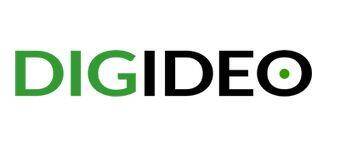
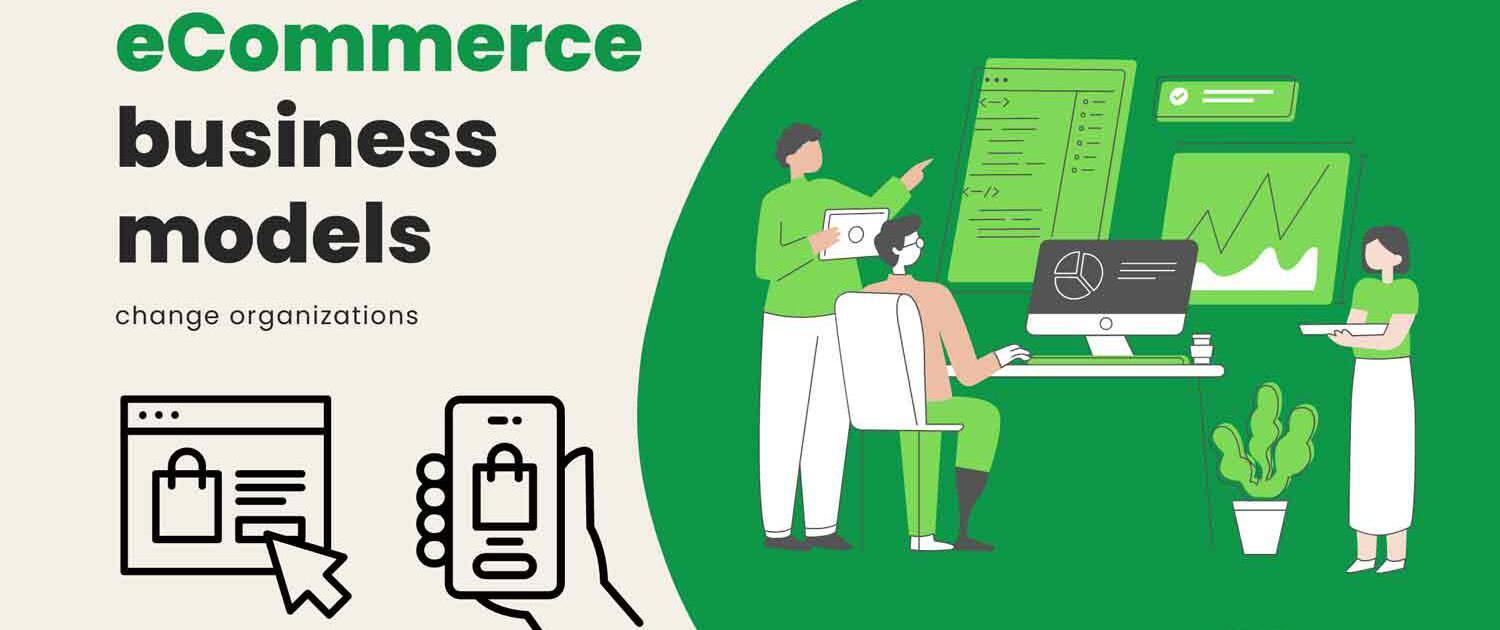

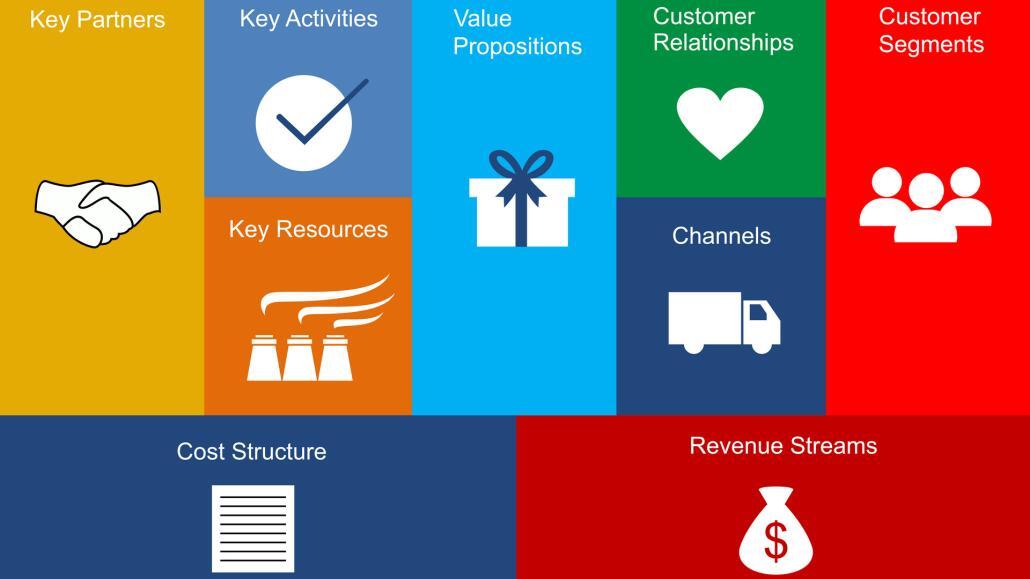
 Digideo
Digideo
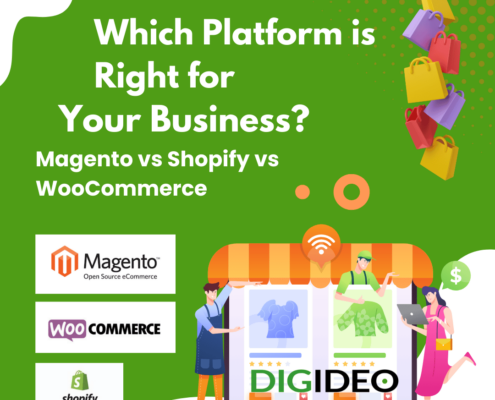 Digideo
Digideo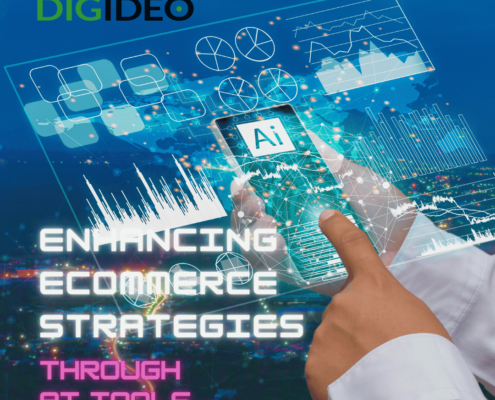 Digideo
Digideo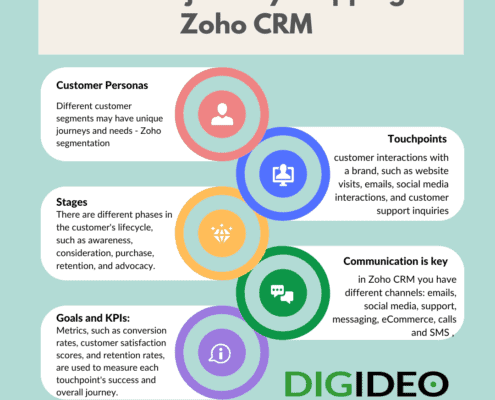 Digideo
Digideo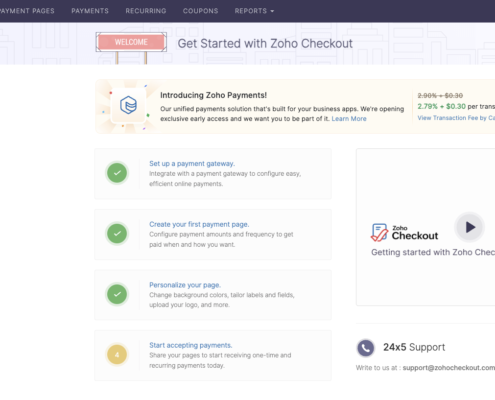
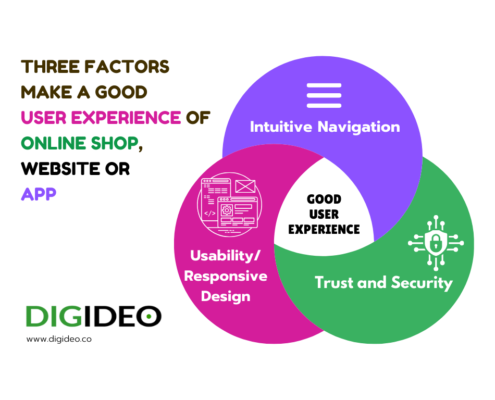 Digideo
Digideo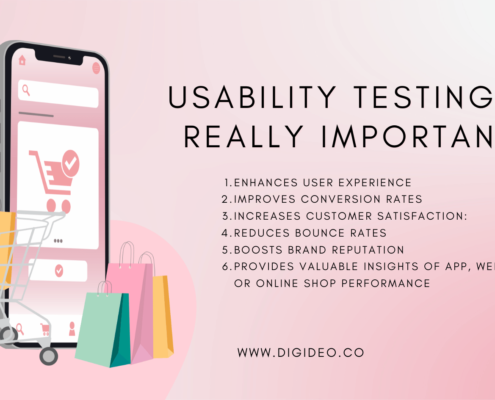 Digideo
Digideo